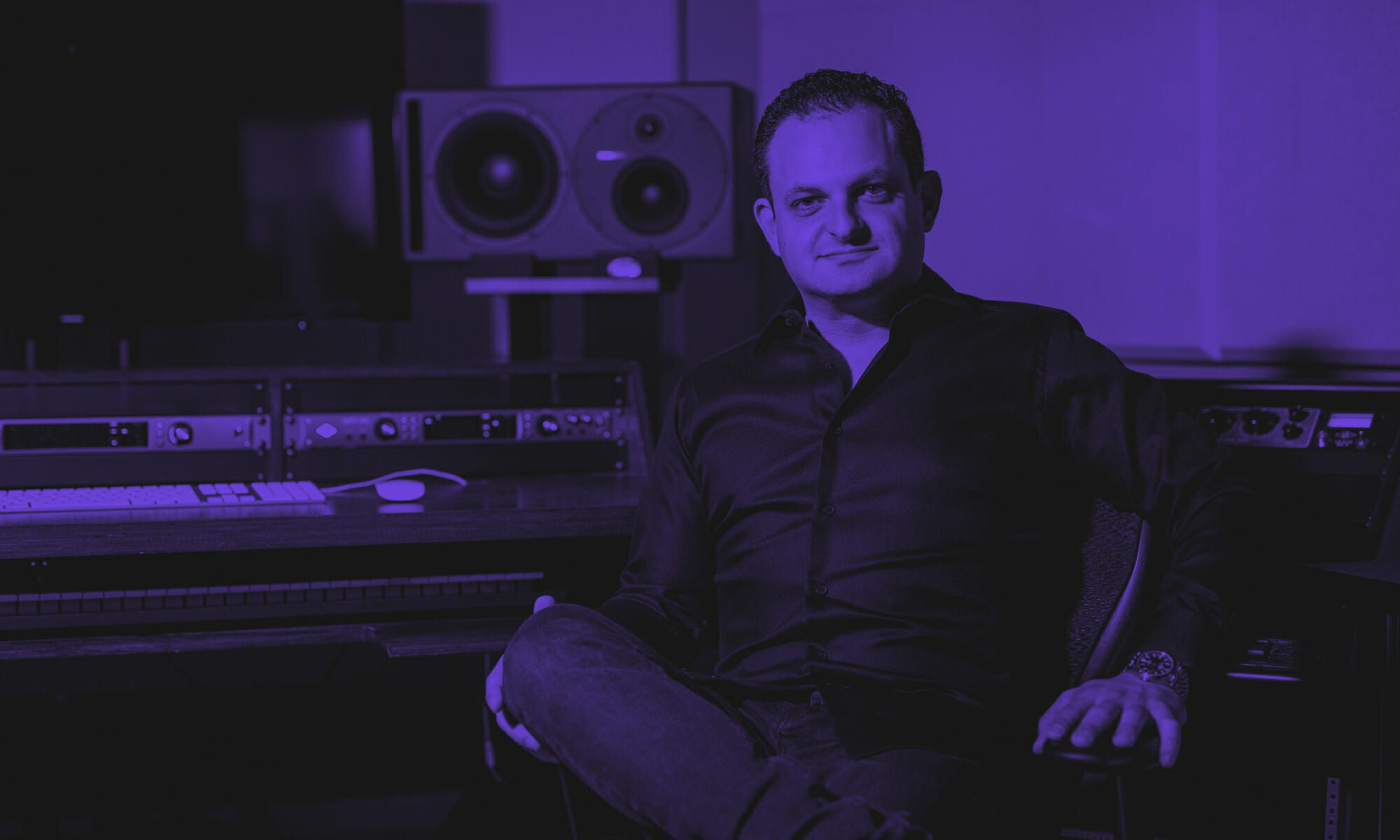As music producers, we continuously strive to refine our workflow and the quality of our music. Tools like Sonarworks SoundID for room correction are indispensable for achieving a precise mix by adjusting the audio output to the acoustics of your studio. However, I’ve stumbled upon a subtle yet significant mistake in my process when using Ableton Live’s freeze and flatten feature in conjunction with room correction—a mistake that’s easy to overlook and can affect the integrity of your tracks.
The Trap of Room Correction in Production
Room correction software is typically applied on the master bus to ensure what you hear is as close to the true sound as possible. This software makes crucial adjustments based on the specific characteristics of your room, ostensibly improving your mixing decisions. However, the convenience and benefits of room correction come with hidden complications when you decide to freeze and flatten your tracks in Ableton.
Freeze, Flatten, and the Oversight
Freezing and flattening tracks in Ableton is a common technique used by producers to save CPU resources or to finalize certain effects in a mix. This feature converts your MIDI tracks with all their effects into audio files. It seems straightforward, but here’s where things can go awry if you’re using room correction on your master bus.
Why It Matters
The crux of the issue lies in the fact that when you freeze and flatten a track while room correction is active, the corrections applied to your room’s acoustics are inadvertently baked into the flattened audio. This alteration can dramatically change the intended sound of your track, leading to a final product that might not translate well on other systems or in different listening environments.
Encouraging Vigilance
This is a pivotal point that every Ableton user employing room correction should be aware of. No warning prompts you about this potential pitfall, making it an easy mistake to make but also a crucial one to avoid. It’s a classic example of a ‘little thing’ that can have ‘big consequences’ on the final output of your music.
A Nudge Towards the Solution
To understand exactly how this mistake can affect your music production and to learn how to avoid it, check out my latest video. I dive deeper into the specifics of this issue, providing a clear example of the problem and offering solutions to ensure that your tracks sound as intended, no matter where they’re played. Don’t let this easily overlooked mistake compromise the quality of your productions.
Learn and Adapt
Every tool and feature in our production arsenal offers benefits and bears its own set of complexities. The key to mastering your music production lies not only in understanding how to use these tools but also in recognizing their pitfalls. Stay informed, vigilant, and continue to learn from mistakes, whether they’re your own or those shared by others in the community.
Thanks for watching this video on an Ableton mistake you should avoid! Make sure to subscribe on YouTube for weekly tips and tricks. All first-time clients receive a free stereo-mastered sample, inquire to get your free sample now.
GET A FREE STEREO MASTERED SAMPLE

